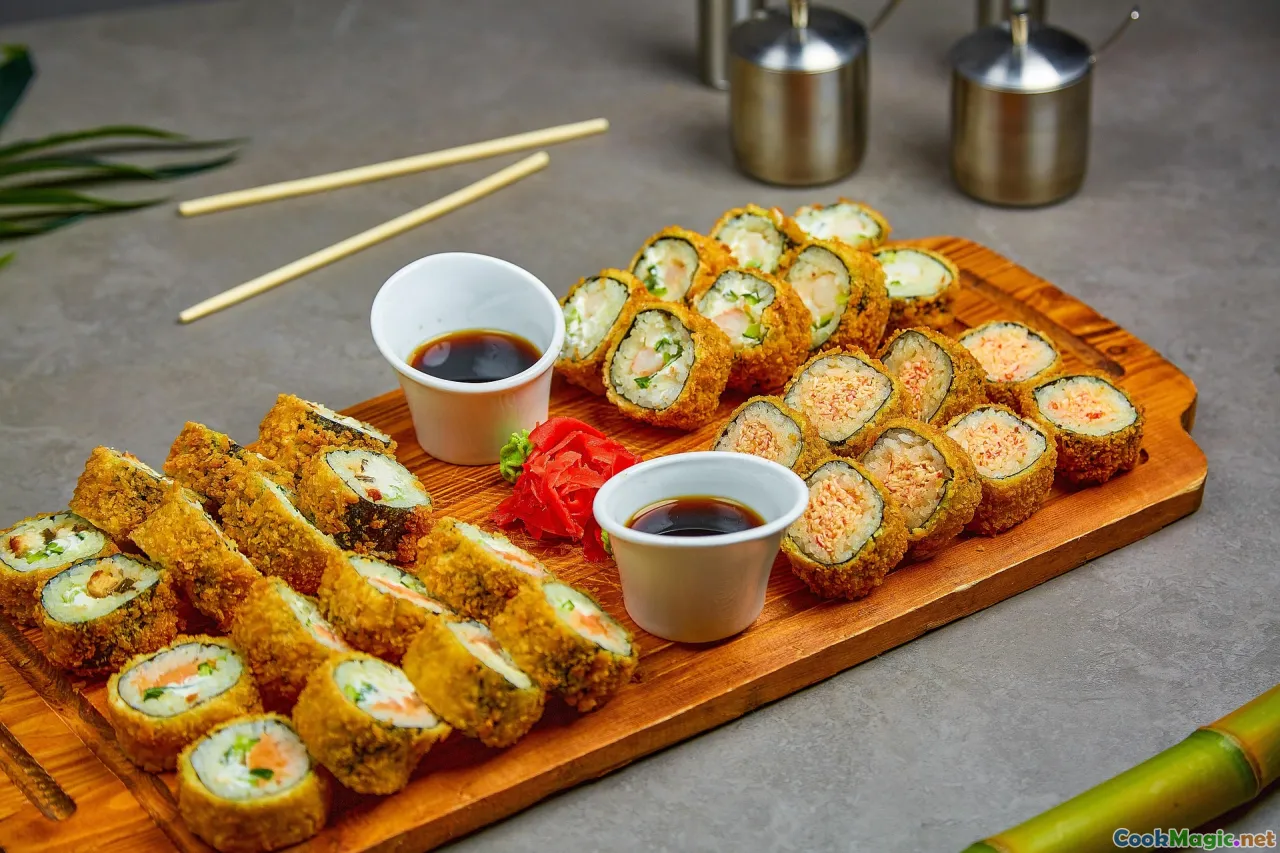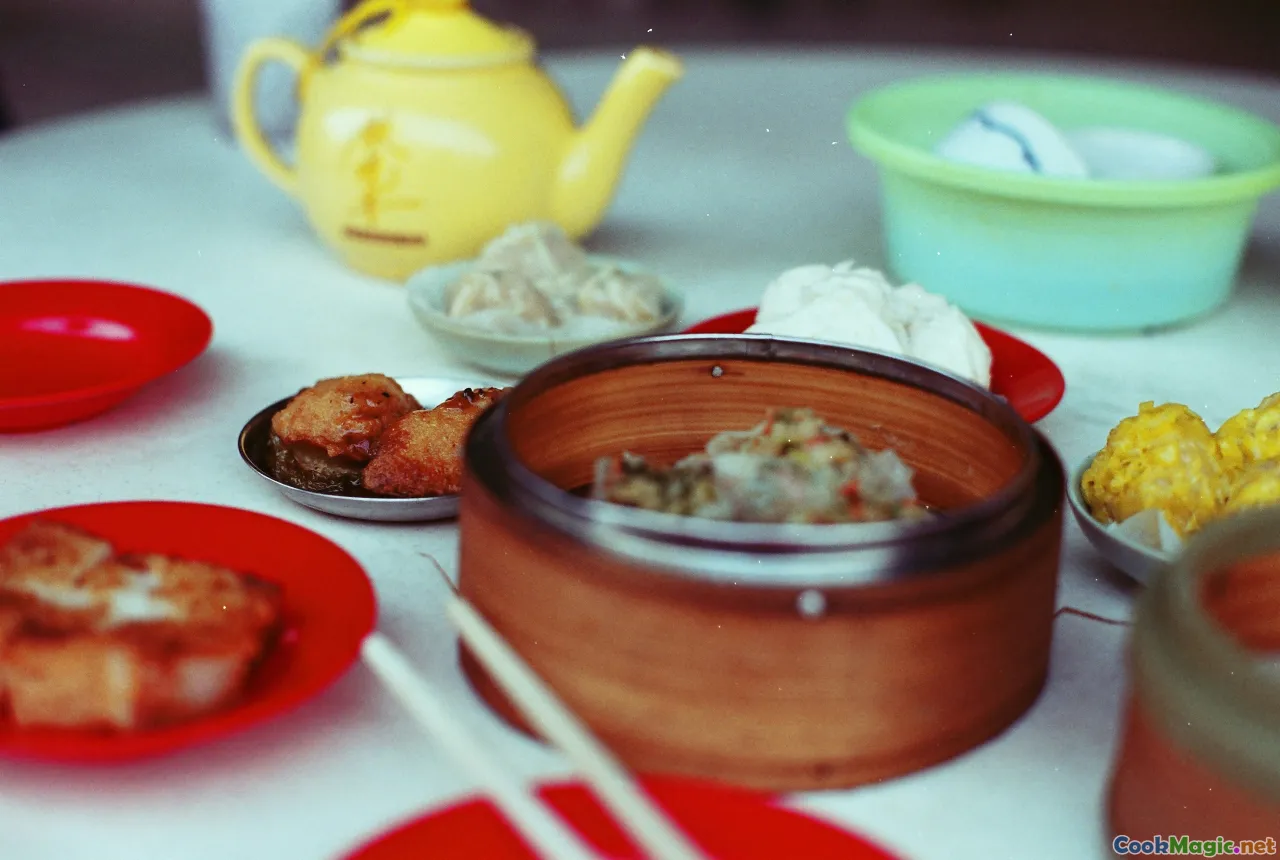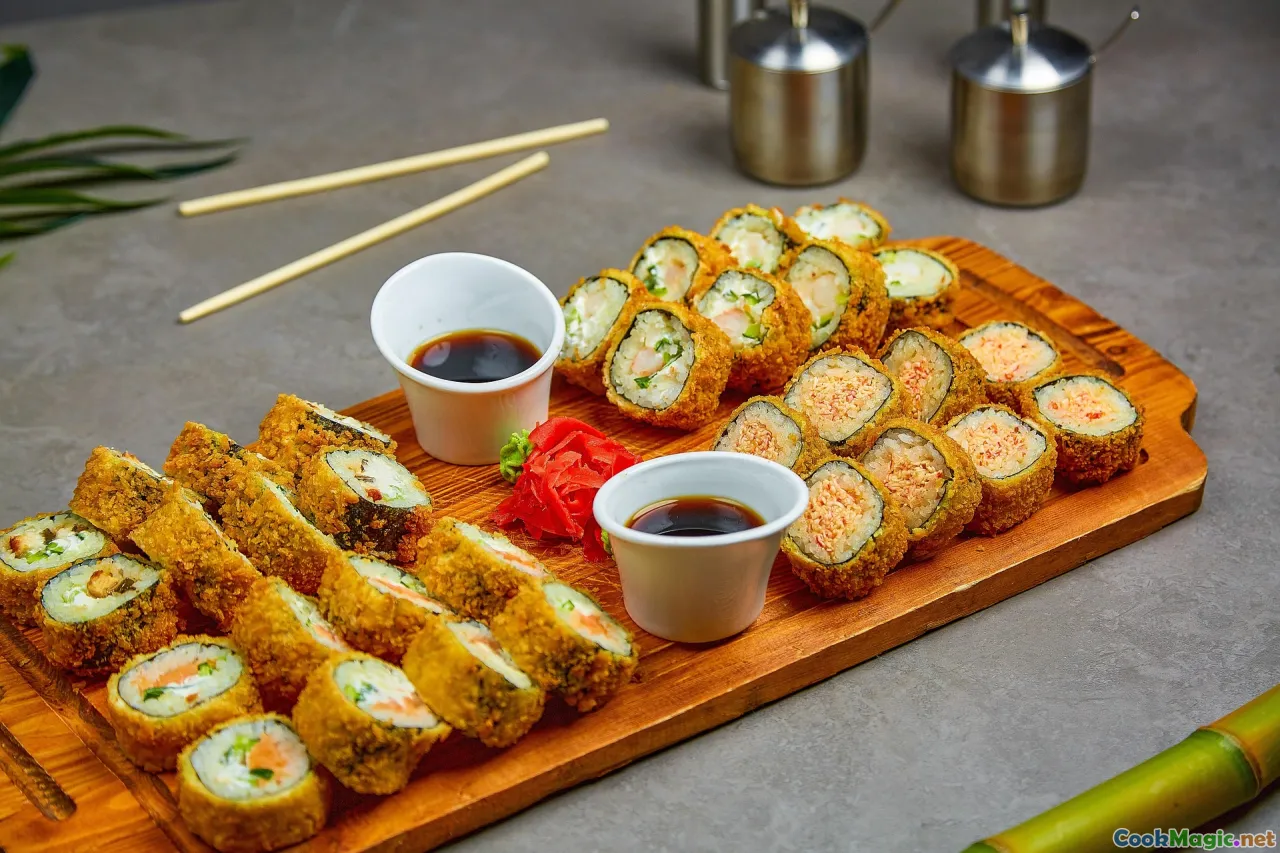A Deep Dive Into Artisan Soy Sauce Varieties
11 min read Explore the rich flavors and craftsmanship behind unique artisan soy sauces, revealing their cultural significance and culinary uses. August 08, 2025 00:05
A Deep Dive Into Artisan Soy Sauce Varieties
Imagine the aroma of a slowly fermenting brew wafting through a bustling Asian marketplace—warm, earthy, with hints of toasted nut and umami-laden depth. For centuries, soy sauce has been the silent cornerstone of countless traditional dishes, a humble yet profound ingredient that elevates the simplest stir-fry or enriches a delicate sushi roll. But behind this seemingly straightforward condiment lies a world of diversity, craftsmanship, and cultural nuance.
In this exploration, we will journey through the intricate universe of artisan soy sauce varieties, uncovering what makes each unique, and guiding you to appreciate their sublime subtleties. Whether you’re a home cook seeking authenticity or a seasoned chef yearning for new inspiration, understanding these nuances opens doors to richer flavors and deeper culinary storytelling.
The Cultural Tapestry of Soy Sauce

Originating from China over 2,500 years ago, soy sauce has traveled, adapted, and evolved into an integral part of Asian culinary heritage. From Japan’s delicate reducciones to Indonesia’s dark, pungent kecap manis, each culture has embraced and transformed soy fermentation to suit local palates and traditions.
The process of making artisanal soy sauce—and particularly, fermentation—serves as a cultural bridge, embodying patience, craftsmanship, and respect for centuries-old techniques. Unlike industrialized counterparts, artisan soy sauces are often crafted in small batches, with careful attention to detail and an emphasis on natural ingredients.
How Artisan Soy Sauce Is Made: The Craft of Fermentation

At the heart of artisan soy sauce lies fermentation—a process that marries science with art. High-quality soybeans and wheat are cooked and mixed with a specific mold (Aspergillus oryzae). This mold inoculates the mixture, initiating enzymatic activity that breaks down proteins and starches into amino acids and sugars.
Following inoculation, the mash is left to ferment, sometimes for months or even years, in clay or wood barrels. During this time, naturally occurring yeasts and bacteria transform the mash, developing complex flavors, rich umami, and that characteristic deep amber hue.
Patience is key: longer fermentation typically yields a more nuanced, multi-layered soy sauce with pronounced savoriness, subtle sweetness, and a graceful balance of acidity.
Varieties of Artisan Soy Sauce: A World of Flavors
1. Koikuchi (Japan’s Standard Soy Sauce)

Many refer to Koikuchi as the quintessential Japanese soy sauce. It’s versatile, dark, with a full-bodied flavor profile—salty, with caramel undertones and a touch of sweetness. Its bold character makes it perfect for braised dishes like nikujaga or as a dipping sauce for sashimi.
Made through a fermentation process that often lasts about six months, top-tier Koikuchi uses whole soybeans and wheat, resulting in a rich, slightly viscous condiment that’s deeply umami and complex.
2. Usukuchi (Light Soy Sauce from Japan)

Often mistaken for a “less salty” version, Usukuchi soy sauce is actually lighter in color but not necessarily in saltiness. It’s traditionally made with a higher proportion of wheat and sometimes added saltpeter, which results in a clear, golden-hued soy with a delicate, slightly sweeter flavor.
Ideal for light-colored dishes like chawanmushi or delicate soups where you want seasoning without darkening the final dish, Usukuchi offers a refined umami boost without overpowering the visual presentation.
3. Tamari (Japan’s Gluten-Free Alternative)

What sets Tamari apart is its largely soybean-centric composition—often with little to no wheat—making it a favorite among those with gluten sensitivities. Artisan Tamari’s brewing process emphasizes natural, long fermentation, resulting in a thick, luscious sauce with a deep, mellow flavor.
Perfect for dipping sashimi, flavoring miso soups, or marinating proteins, Tamari’s smooth texture and rich umami make it seamless for adding depth without waterlogging dishes.
4. Kecap Manis (Indonesian Sweet Soy Sauce)

A marvel of sweet, sticky indulgence—Kecap Manis is a dark, molasses-like soy sauce infused with palm sugar, garlic, and sometimes spices. Artisan Kecap Manis producers often ferment their soy sauce for extended periods, developing layers of deep smoky and sweet complexity.
Much loved in dishes like mie goreng or satay, it offers a rich caramel element that balances savory elements beautifully, adding depth to everything from marinades to finishing glazes.
5. Doju (Korean Fermented Soy Sauce)

In Korean cuisine, Doju is revered for its nuanced, slightly pungent aroma and pronounced umami. Made from soybeans, wheat, and salt, aged in traditional fermentation tanks, Doju often features a softer, rounder flavor profile than Japanese equivalents.
Lending complexity to kimchi, soups, and stews, artisan Doju is appreciated for emphasizing the terroir—each batch reflecting local climate and community practices.
Tasting and Pairing: Appreciating Soy Sauce’s Subtleties
Choosing the right artisan soy sauce can elevate your dish dramatically. Here are some tips:
- For delicate dishes: Opt for Usukuchi or lighter Tamari, which seasoning subtly without overshadowing.
- For robust, savory flavors: Koikuchi or traditional Tamari bring depth to grilled meats, stir-fries, and sushi.
- For sweet and smoky profiles: Kecap Manis lends an indulgent, caramelized flavor ideal for curries or glazing.
- For fermented complexity: Sample different batches to appreciate variations influenced by local ingredients and techniques.
Taste soy sauce directly—observe its aroma, savor it slowly, and note the layers of flavor that evolve on your palate. Pair with dishes harvested from their cultural roots, like Japanese tempura, Indonesian satays, or Korean braised short ribs.
How to Incorporate Artisan Soy Sauce in Modern Cooking
Elevate Everyday Dishes
A splash of artisanal soy can transform stir-fries, rice bowls, or grilled vegetables, adding a subtle depth that bottled, commercial sauces cannot replicate. Use high-quality soy in marinade blends—ginger, garlic, miso—to develop complex layers.
Craft Signature Sauces and Condiments
Create dipping sauces or salad dressings that showcase the nuanced flavors of artisan soy. Combine with rice vinegar, sesame oil, and rice wine for an intricate, harmonious dressing.
Experiment in Fermentation and Pairings
Use artisan soy as an element of fermentation—adding depth to miso, or experimenting with homemade soy-based condiments. Pair with pickled vegetables or fermented hot sauces to build flavor profiles that celebrate umami.
The Future of Artisan Soy Sauce: Sustainable and Artisanal Revival
As consumers become more conscious of food origins, sustainability, and craftsmanship, artisanal soy sauce enjoys a renaissance. Small-batch producers emphasize organic ingredients, recycling traditional brewing vessels, and slow, natural fermentation.
Emerging practices include integrating local heirloom soybeans, minimizing environmental impact, and experimenting with contemporary flavors—such as infused varieties with citrus, mushroom, or spices.
This revival ensures that the profound complexity and cultural significance of soy sauce are preserved, celebrated, and continuously reinvented.
Embarking on the journey of discovering artisan soy sauces reveals more than ingredients—it’s a window into centuries of tradition, artistry, and culinary passion. When you next sprinkle that dark, glossy drizzle over your dish, take a moment to savor the craftsmanship, history, and care distilled into every drop. In doing so, you partake in a global dialogue of flavor—a testament to the enduring power of fermentation and cultural heritage in our kitchens.









